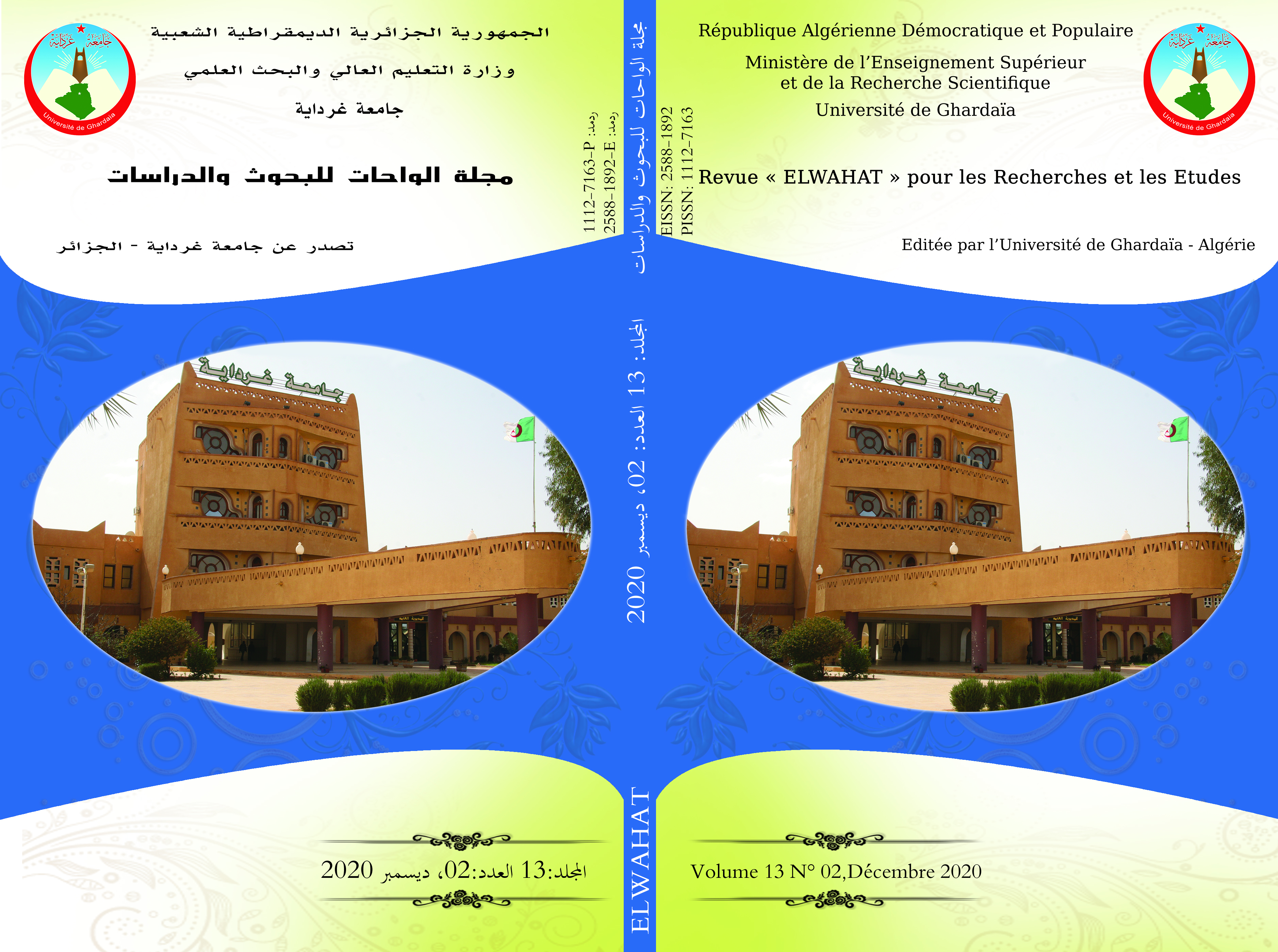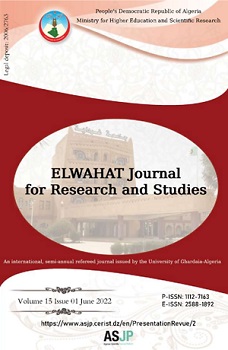TEACHING FIGURATIVE LANGUAGE TO EFL LEARNERS: METHODS AND CONSTRAINTS
Abstract
Teaching foreign literary works by the university teacher and analyzing them by EFL learners, focusing mainly on rhetorical language, is not an easy task. The difficulty is related to two factors. First, the learners have insufficient stock of the EFL vocabulary and they cannot translate the text successfully. Second, the author’s social standards (which shape the target language structures) differ from that of the reader who needs to be familiar with them in order to be able to decode the text. The art of decorating a text with metaphor, symbolism, imagery and other literary techniques are affected directly by the writer’s own vision of the world that vary from one language to another; and from one social/geographical situation to another. Figures of speech are full of messages before being a painter of the text image. This message is derived from the author’s traces of his/her community and expressed implicitly via that figurative language. A foreign literary text reflects various messages that are embedded within the beauty of language and the author’s diction. The learner with incomplete background about the FL grammar and vocabulary may rely frequently on the dictionary, and this can slow his/her competence of reading intuitively between the lines. In the light of this, how could an EFL reader interpret successfully figures of speech? Is vocabulary knowledge alone enough for this analysis? What are the different methods/techniques of teaching figures of speech analysis?
KEYWORDS -
EFL learners, figures of speech, literary texts, vocabularyReferences
ibid
Ibid (p.34)
Swales, J. M. (1991). Genre Analysis: English in Academic and Research Settings. Great Britain: Cambridge University Press (p. 83)
Carrell, (1983) in Alderson, J. C. (2000). Assessing Reading. Cambridge: Cambridge University Press (pp.34-40)
Alderson, J. C. (2000). Assessing Reading. Cambridge: Cambridge University Press (p. 44)
Ibid (p.45)
ibid
Alderson, J. C. (2000). Assessing Reading. Cambridge: Cambridge University Press (pp. 45-46)
Bressler, C. E. (2007). Literary Criticism: an Introduction to Theory and Practice. USA: Pearson Education, Inc (p. 26)
ibid (p. 348)
Culler, (date unknown) in Sell, J. P. A. (September 2005). Why Teach Literature in the Foreign Language Classroom?. Journal of Research and Innovation in the Language Classroom (Vol. 08, No.5, pp. 86-93)
Littlewood, (date unknown) quoted in ibid (pp.11-12)
Bressler, C. E. (2007). Literary Criticism: an Introduction to Theory and Practice. USA: Pearson Education, Inc (pp. 10-11)
Culler, (date unknown), in ibid (pp. 02-03)
Lodge, D. (1992). The Art of Fiction. Harmmondsworth: Penguin Books Ltd (p.139)
Arnold, (date unknown) quoted in Bressler, C. E. (2007). Literary Criticism: an Introduction to Theory and Practice. USA: Pearson Education, Inc, (p. 06)
Bressler, C. E. (2007). Literary Criticism: An Introduction to Theory and Practice. USA: Pearson Education, Inc (p. 06)
Bennett, A. and Royle, N. (2004). Introduction to Literature, Criticism, and Theory. Great Britain: Pearson Education Limited (p. 12)
Lantolf, J. P. and Thorne, S. (2006) Sociocultural Theory and the Genesis of Second Language Development. Oxford: Oxford University Press (p. 113)
Harris, (1981) quoted in Lantolf, J. P. and Thorne, S. (2006) Sociocultural Theory and the Genesis of Second Language Development. Oxford: Oxford University Press (p.113)
Boers, (2003) in Lantolf, J. P. and Thorne, S. (2006) Sociocultural Theory and the Genesis of Second Language Development. Oxford: Oxford University Press (p.114)
Lantolf, J. P. and Thorne, S. (2006). Sociocultural Theory and the Genesis of Second Language Development. Oxford: Oxford University Press (p. 114)
Gibbs, (1999) in Lantolf, J. P. and Thorne, S. (2006). Sociocultural Theory and the Genesis of Second Language Development. Oxford: Oxford University Press (p.115)
Kovecses, (2000) in Lantolf, J. P. and Thorne, S. (2006). Sociocultural Theory and the Genesis of Second Language Development. Oxford: Oxford University Press (p. 135)
Trim, (2001) in Maalej, Z. (2005). Metaphor, Cognition, and Culture. Tunisia: Manouba University (p. 85)
Newmark, (1985) in Maalej, Z. (2005). Metaphor, Cognition, and Culture. Tunisia: Manouba University (p. 85)
Kecskes and Papp, (200) in Maalej, Z. (2005). Metaphor, Cognition, and Culture. Tunisia: Manouba University (p. 87)
Littlemore, (2001) quoted in Maalej, Z. (2005). Metaphor, Cognition, and Culture. Tunisia: Manouba University (p. 85)
Valeva, (1996) in Lantolf, J. P. and Thorne, S. (2006) Sociocultural Theory and the Genesis of Second Language Development. Oxford: Oxford University Press (p. 118)






